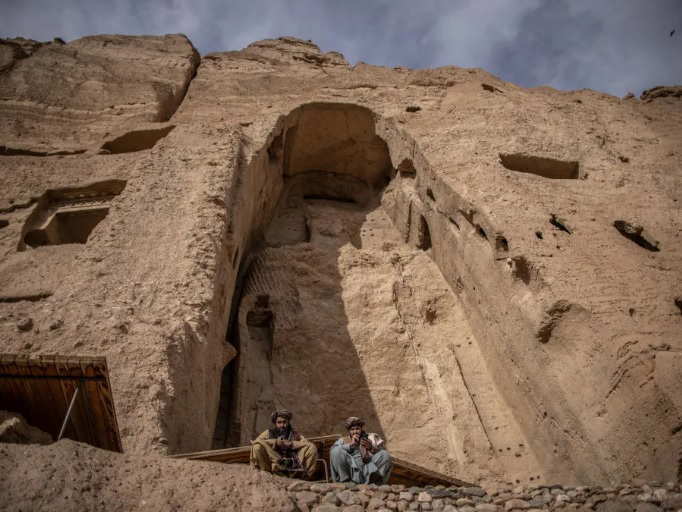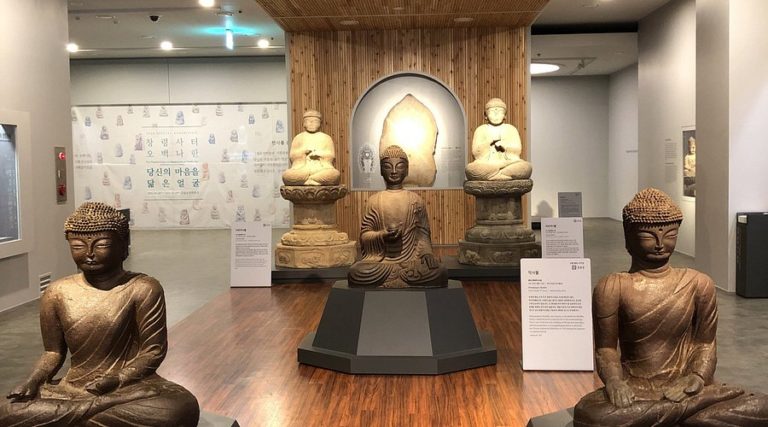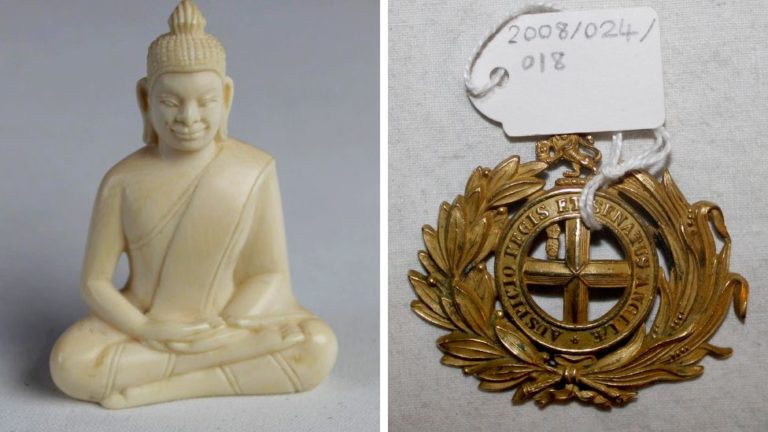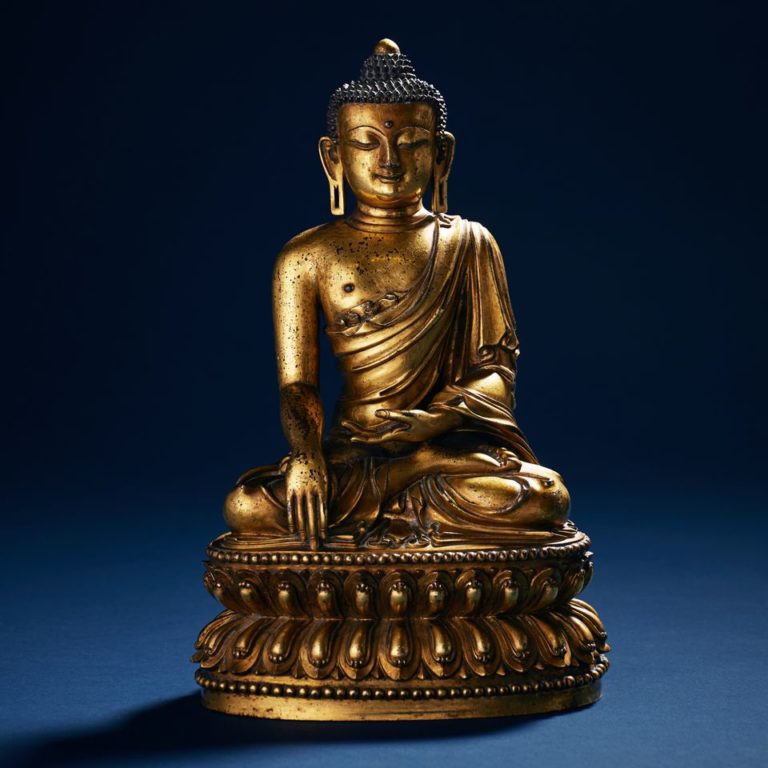The Bamiyan Buddhas were two colossal Buddhist statues carved into rock faces in the Bamiyan Valley of central Afghanistan during the 6th century. The exceptionally large, totemic statues were an important, partially intact relic of Buddhist cave architecture that had once spread throughout early Asia. In 2001, the statues were destroyed by Taliban forces, partly as an act of iconoclasm, and also as defiance against the western finances being spent on the statues when the country was facing a humanitarian crisis.
Their destruction of the statues raised worldwide media attention, and prompted the UNESCO World Heritage Fund to list the remaining site as a World Heritage Site in Danger. Preservation of the site is ongoing today, as UNESCO hope to conserve what is left of the statues and their historical grounds.
The Bamiyan Buddhas Were Two Giant Sculptures

Before being destroyed, the Bamiyan Buddhas were once among the largest sculptures in the entire world. The tallest of the two statues was 175 feet high, and art historians believe it represented the Buddha Vairochana. The smaller of them was 120 feet high, and represented the Buddha Shakyamuni. Both statues demonstrated remarkable carving skills, having been shaped in the round at the head and foot areas. The space around the feet allowed Buddhist worshippers to circulate around the statue while engaging in acts of worship.
Symbols of Bamiyan Buddhist Faith

The Bamiyan Buddhas once represented the dominance of the Buddhist faith within the Bamiyan Valley region, which was likely first introduced during the early Kushan period. Although we don’t know much about who commissioned or carved the Buddhists, their sheer scale and dominance demonstrates just how predominant the Buddhist faith would have been here. The site was once a central stop on the Silk Road trade route, and many of the merchants and missionaries who once stopped here would have been practicing Buddhists. It was a popular religion for such travelers because worship was possible without a single place to practice, such as a temple or shrine. It is in this context that Buddhist cave architecture first emerged, as a means of providing places for Buddhists to practice, evidence of which still remains along this route today.
The Bamiyan Buddhas Showcased a Fusion of Artistic Styles

The Bamiyan Buddhas demonstrated a remarkable fusion of styles from India, Asia and Greece. They once had long, wavy curls of hair and flowing drapery which originated from early Gandharan Buddhist imagery, which in turn combined Hellenistic and Indian styles of creation. Early descriptions of the sculptures from the 6th century Chinese monk Xuanzang (Hsuan-Tsang) also reveal that the Buddhas would once have been painted in gold pigments and richly adorned with precious metals and gems, while the cave around them was painted in richly toned oil paint. Some scholars believe the Buddhas would have worn wooden masks coated with brass, although this is still a subject of debate.
Two Stone Lovers

From the 10th century onwards Bamiyan became predominantly Muslim. However, the Buddhas remained in pace and became absorbed into local folklore and legend, entirely divorced from their Buddhist origins. Some believed they were two star-crossed lovers who had vowed to stand together side-by-side for all of eternity; as the story goes the taller of the two was Salsal, prince of Bamiyan, and the smaller was Shamana, a forbidden princess from a faraway kingdom. Forbidden from being together in life, they turned to stone so they could remain together forever.
The Buddhas Were Destroyed in 2001

In 2001, Taliban fighters made it their mission to destroy the Bamiyan Buddhas. In part, they wanted to erase all traces of a pre-Islamic past, but they also wanted to make a loaded statement to the west at a time when international relations between the Taliban and the international community were at an all time low. It took significant force to destroy the colossal stone statues that had survived throughout the centuries – they used guns, tank mines and dynamite as the worldwide media watched on in horror. Since then, while the site has become protected by the UNESCO, debate continues as to whether the statue should be rebuilt, or the site should be left as it now is.




